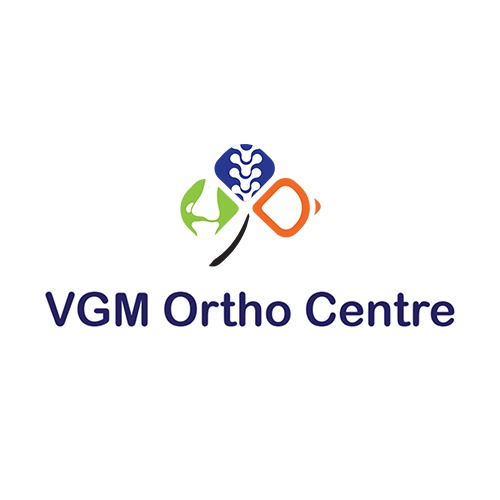

Spondylolysis is defined as a defect/stress fracture in the pars interarticularis (which is a part of the vertebral arch).
The vast majority of cases occur in the lower lumbar vertebrae (L5), but spondylolysis may also occur in the cervical vertebrae.
Atheletes are usually prone for spondylolysis. Any Sport involving repetitive/ forceful hyperextension of the spine, especially when combined with rotation can break the pars interarticularis leading to spondylolysis. The stress fracture of the pars interarticularis occurs on the side opposite to activity. For instance, for a right-handed player, the fracture occurs on the left side of the vertebrae.
Spondylolysis has a higher occurrence in the following activities:
1.Baseball
2.Military service
3.Tennis
4.Diving
5.Cheerleading
6.Gymnastics
7.Football
8.Wrestling
9.Weightlifting
10.Cricket
11.Rugby
12.Volleyball
13.Gym
14.Ballet
Males are more commonly affected by spondylolysis than females.The mean age of individuals with spondylolisthesis is 20 years of age.
Some classical features of spondylolysis are:
1.Unilateral low back pain
2.Pain that radiates into the buttocks or legs
3.Pain that can restrict daily activities
4.Pain that worsens after strenuous activity
5.Pain aggravated with lumbar hyperextension
6.Pain on completion of the stork test (placed in hyperextension and rotation)
7.Excessive lordotic posture
8.Unilateral tenderness on palpation
Along with clinical examination, Xrays and if required MRI scans are needed to confirm the diagnosis. A special flexion-extension lateral view maybe needed to identify any associated instability of the spine. The classical Xray finding in spondylolysis is a fracture line in the pars called Scottie dog fracture/beheaded Scottish terrier appearance.
1.Treatment for spondylolysis ranges from bracing, activity restriction, extension exercises, flexion exercises and deep abdominal strengthening, that is administered through physical therapy.
2.The duration of physical therapy a patient receives varies upon the severity of spondylolysis, however typically ranges from three to six months.
3.The goal of physical therapy is to minimize movement at the unstable defect of the pars interarticularis.
4.Once a patient completes physical therapy, and displays no symptoms or inflammation in the lower back, they are cleared to continue with daily or athletic activities. However, a patient may need to maintain a variety of rehabilitation techniques after physical therapy to prevent the recurrence of spondylolysis.
The aim of deep abdominal co-contraction exercises is to train muscles surrounding the lumbar spine which provide stability of the spine. Spondylolysis results in a spinal instability and disrupts patterns of co-recruitment between muscle synergies. Specifically, local muscles that attach directly to the spine are affected. The lumbar multifidis and transversus abdominis play a direct role in stabilizing the lumbar spine. Instead the local muscles in individuals with spondylolysis are vulnerable to dysfunction, which results in abnormal spinal stability causing chronic low back pain. To compensate, the large torque producing global muscles are used to stabilize the spine.
When the patient presents with pain and spondylolysis has been diagnosed, treatment often consists of a short rest period of two to three days, followed by a guided physical therapy program. There should be restriction of heavy lifting, excessive bending, twisting and avoidance of any work, recreational activities or participation in sport that causes stress to the lumbar spine.
Antilordotic lumbrosacral brace (Boston brace) is used to control and limit spinal movement, reduce stress on the injured spinal segment, immobilize the spine in a flexed position for a short period to allow healing of the bony defect in the pars interarticularis. Bracing maybe needed for 6–12 weeks depending on the severity of the symptoms.
Surgery
Most patients with spondylolysis do not require surgery.
Surgery is indicated if the symptoms are not relieved with non-surgical treatments, or when the condition progresses to high grade spondylolisthesis. There are two main types of surgery for this condition.
This procedure is recommended when a set of vertebrae becomes loose or unstable. The surgeon joins two or more bones (vertebrae) together through the use of metal rods, screws, and bone grafts. The bone grafts complete their fusion in 4–8 months following the surgery, securing the spine in the correct position.
2.Laminectomy:Often performed when spinal stenosis occurs in conjunction with spondylolysis. The procedure surgically removes part or all of the lamina from the bony ring of the vertebra to reduce the pressure on the spinal cord. Laminectomy removes the bony arches over the spinal cord to decrease the pressure on the spinal nerves.